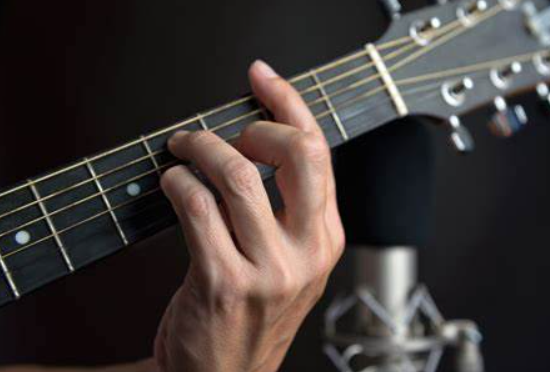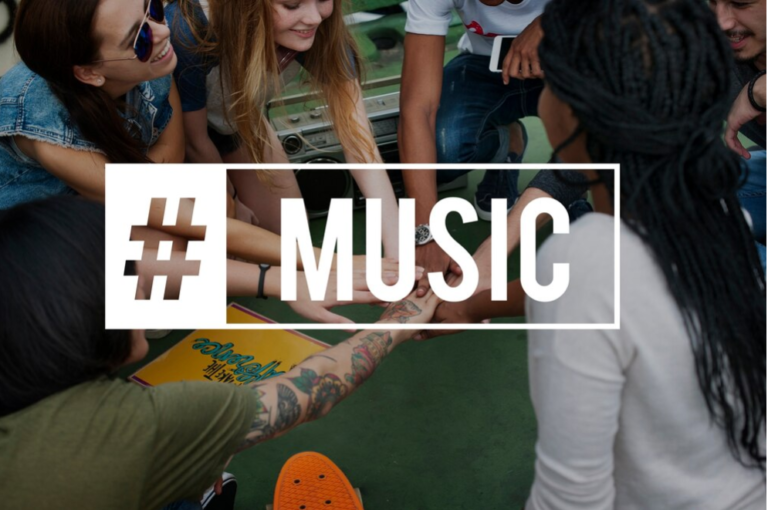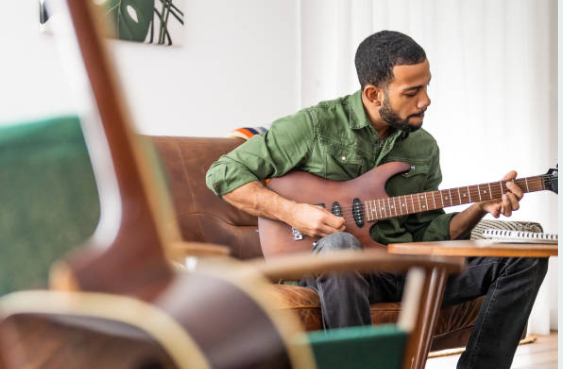Similar Posts

A Guide With Everything You Need To Play Barre Chords
Pardon my excitement but, Barre Chords. Rock on DUDE. You see, barre chords are the alpha wolf in the guitar-playing wilderness! They’re the cogs that transform a good guitarist into a rocking guitarist. These mighty chords are like the secret sauce to your spicy guitar routine and are featured on all the songs you love…

The Rock & Roll Hall Of Fame Ruined Music
In today’s video, we’re talking about the kings of suck- the Rock & Roll Hall Of Fame. It’s a controversial topic that’s been the subject of much debate among music fans and artists alike – the Rock and Roll Hall of Fame and its supreme suckiness. While the Hall of Fame has celebrated legendary musicians…

What You Need To Know About Rhythm and Meter – Easy !
When it comes to music, rhythm is a key element that dictates the flow and feel of a piece. Whether you’re a budding musician or an experienced player looking to refine your skills, grasping the concept of rhythm is crucial. In this blog, we’ll explore the basics of rhythm, meter, and time signatures, and provide…

Easy Ways On How To Play The F Sharp Major Scale
Today, we’re diving into the F Sharp Major Scale on the guitar, exploring how to play it across all positions. Notes Of The F Sharp Major Scale F Sharp Major Scale consists of 6 sharps, with the notes being: F# – G# – A# – B – C# – D# – E# Interestingly, F sharp…

What Are Chord Tones? The Secret Ingredients of Great Solos
If you’ve ever wondered why some solos sound so perfect, so locked-in with the music, the answer often comes down to one simple concept: chord tones. Whether you’re playing jazz, rock, blues, or even pop, mastering a chord tone is one of the true “secrets” to creating solos that connect deeply with the song. Today,…

Introducing 4 Cadences: The Musical Punctuation
If music is a language, then cadences are its punctuation. Just like a sentence can end with a period, a question mark, or an exclamation point, music uses cadences to signal pauses, endings, or unexpected turns. Think of them as musical commas, periods, or even dramatic plot twists. Whether you’re writing songs, learning to play…